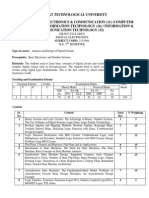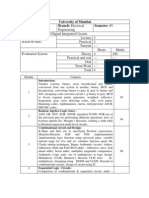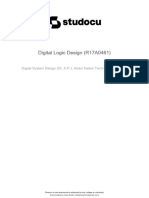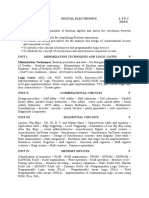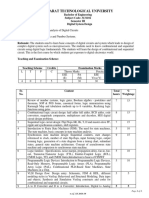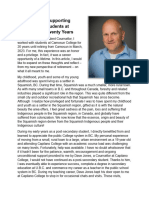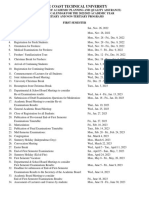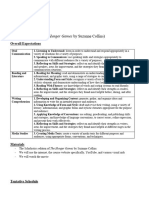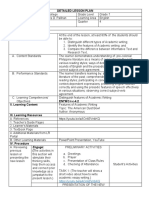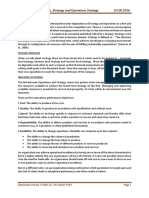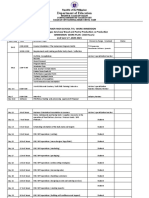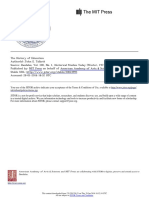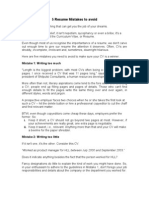0% found this document useful (0 votes)
24 views4 pagesDF Syllabus
The document outlines the syllabus for the Bachelor of Technology in Information Technology for the Digital Fundamentals course, effective from the academic batch 2022-23. It includes course objectives, a detailed teaching and examination scheme, practicals, reference books, and course outcomes. The curriculum emphasizes digital logic concepts, Boolean algebra, and the design of combinational and sequential circuits.
Uploaded by
vraj120508Copyright
© © All Rights Reserved
We take content rights seriously. If you suspect this is your content, claim it here.
Available Formats
Download as PDF, TXT or read online on Scribd
0% found this document useful (0 votes)
24 views4 pagesDF Syllabus
The document outlines the syllabus for the Bachelor of Technology in Information Technology for the Digital Fundamentals course, effective from the academic batch 2022-23. It includes course objectives, a detailed teaching and examination scheme, practicals, reference books, and course outcomes. The curriculum emphasizes digital logic concepts, Boolean algebra, and the design of combinational and sequential circuits.
Uploaded by
vraj120508Copyright
© © All Rights Reserved
We take content rights seriously. If you suspect this is your content, claim it here.
Available Formats
Download as PDF, TXT or read online on Scribd
/ 4



